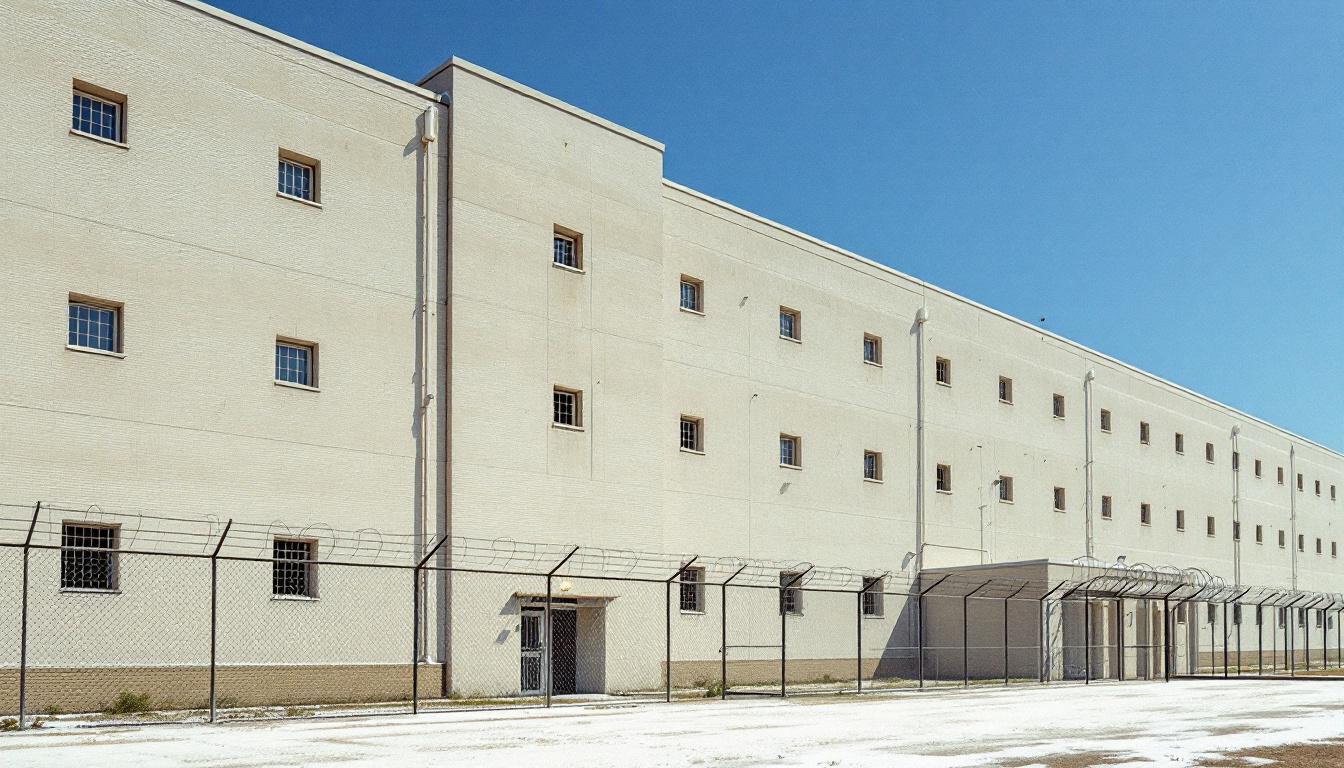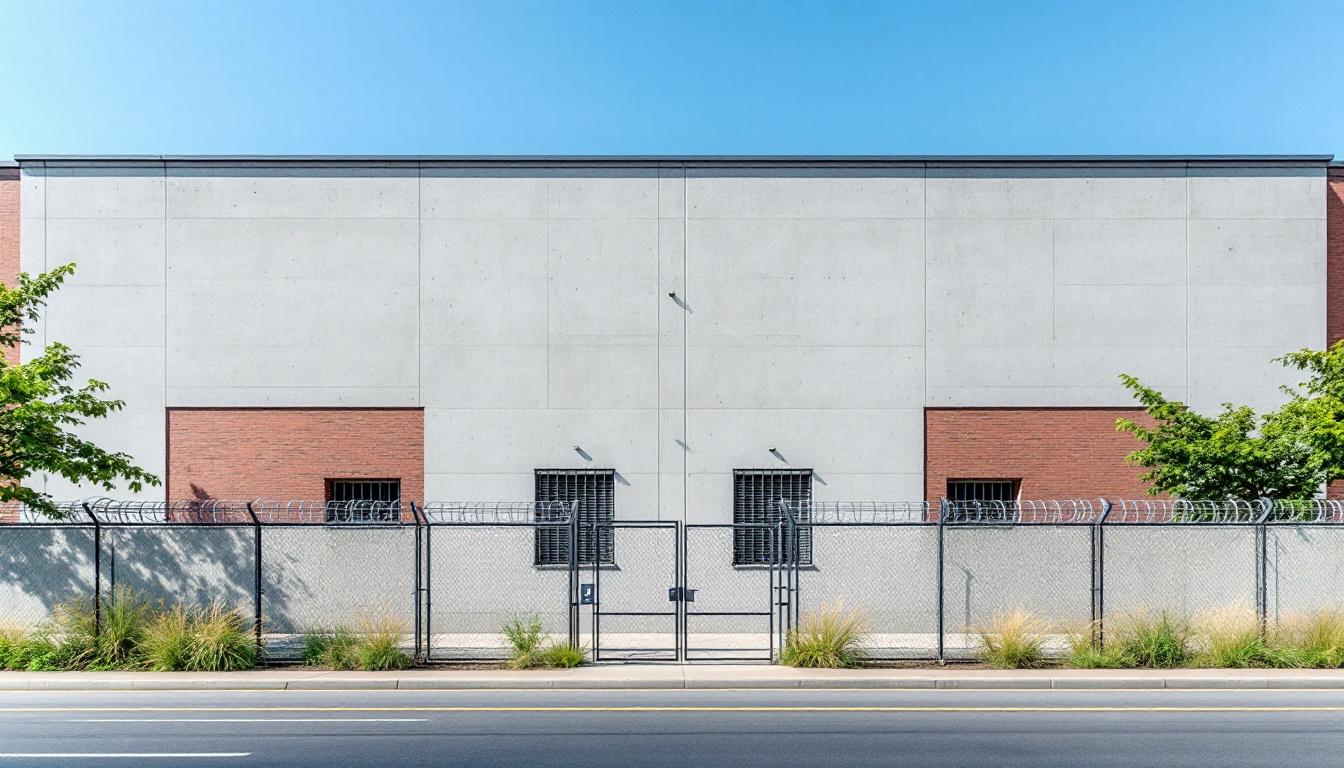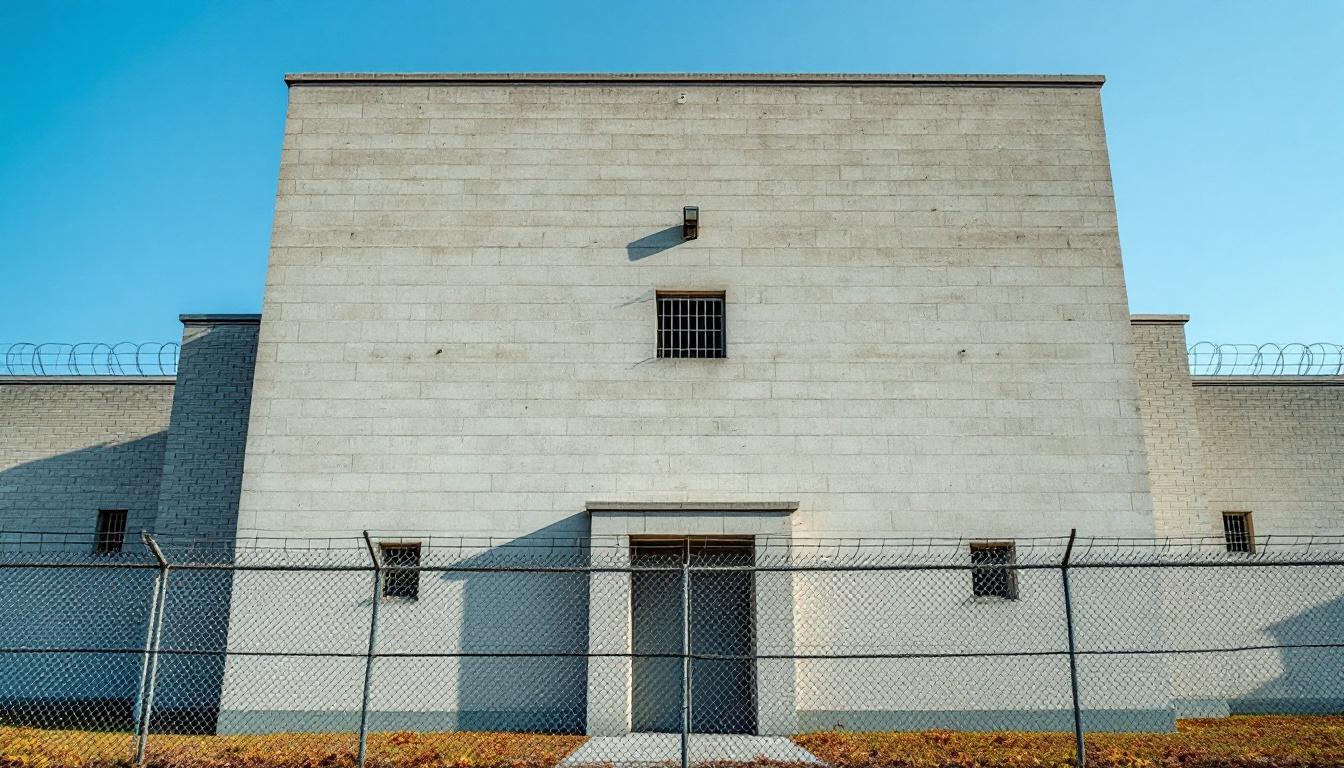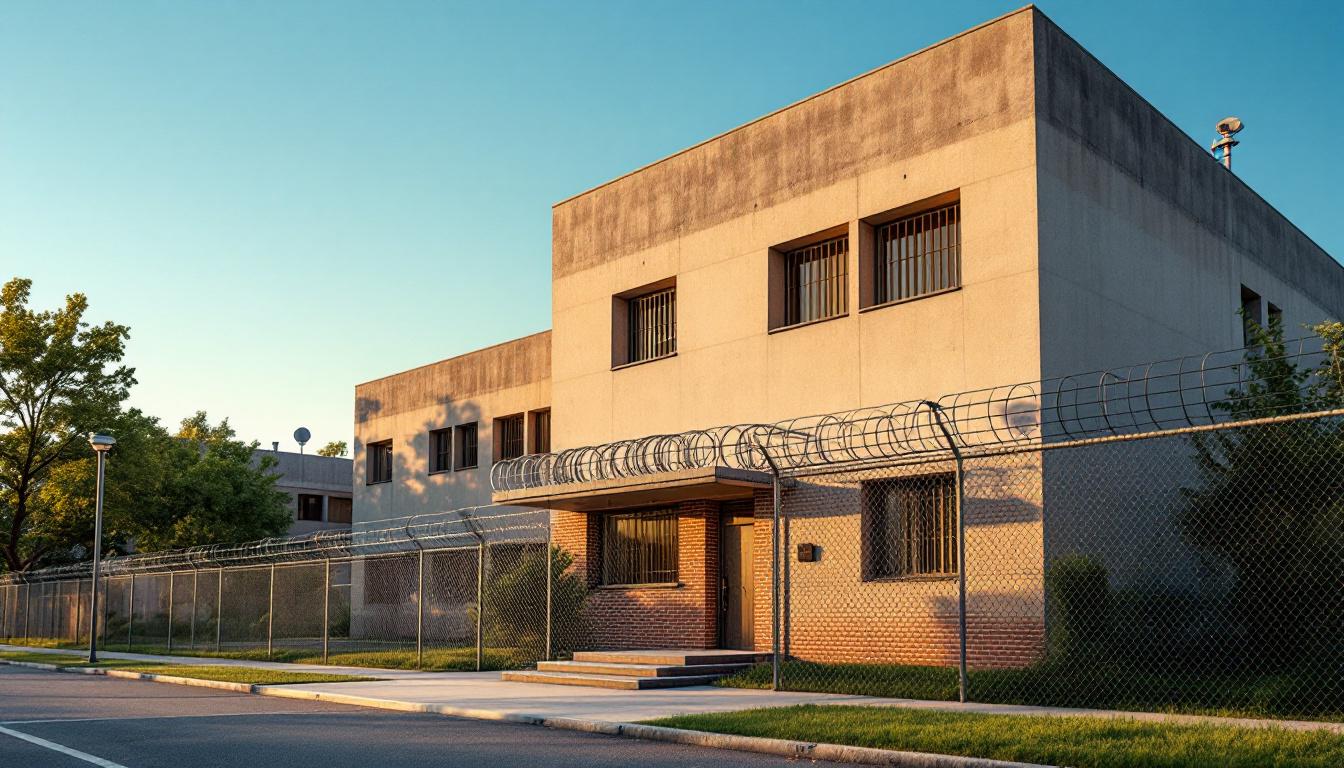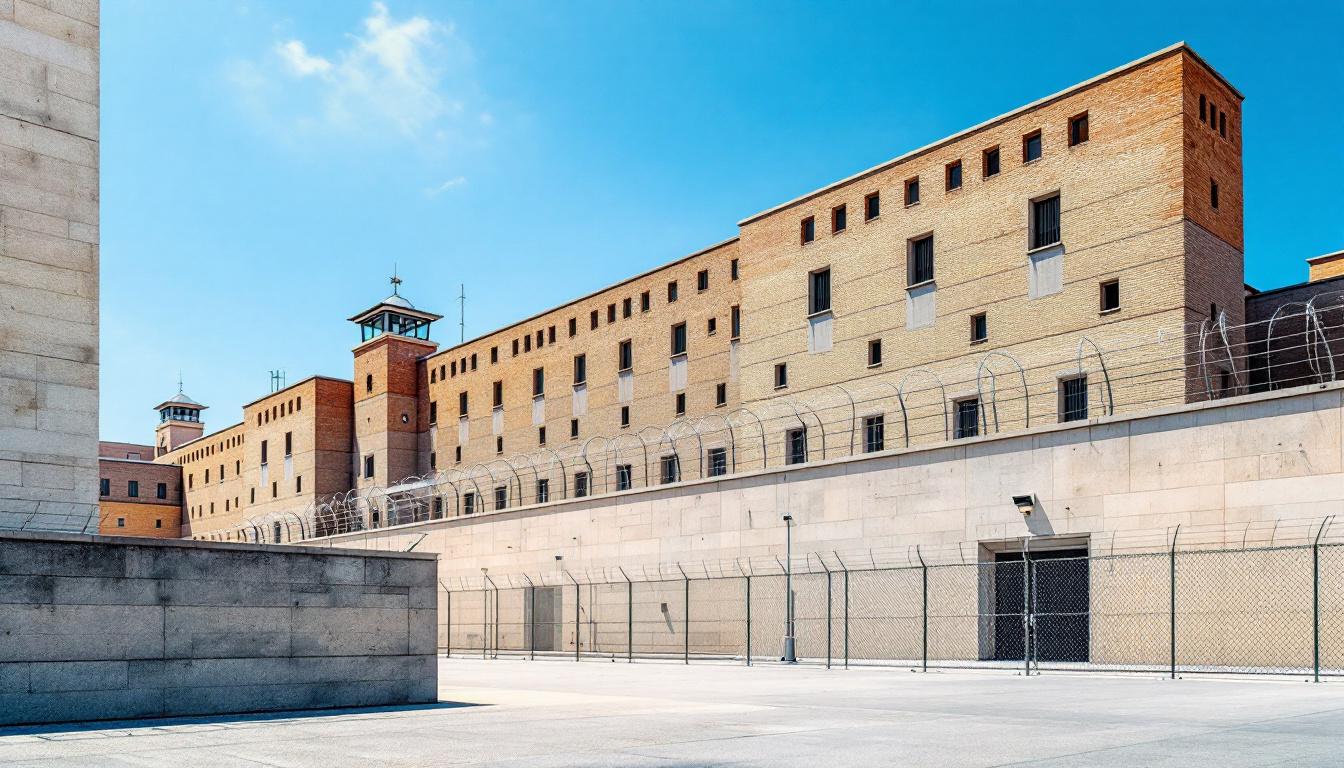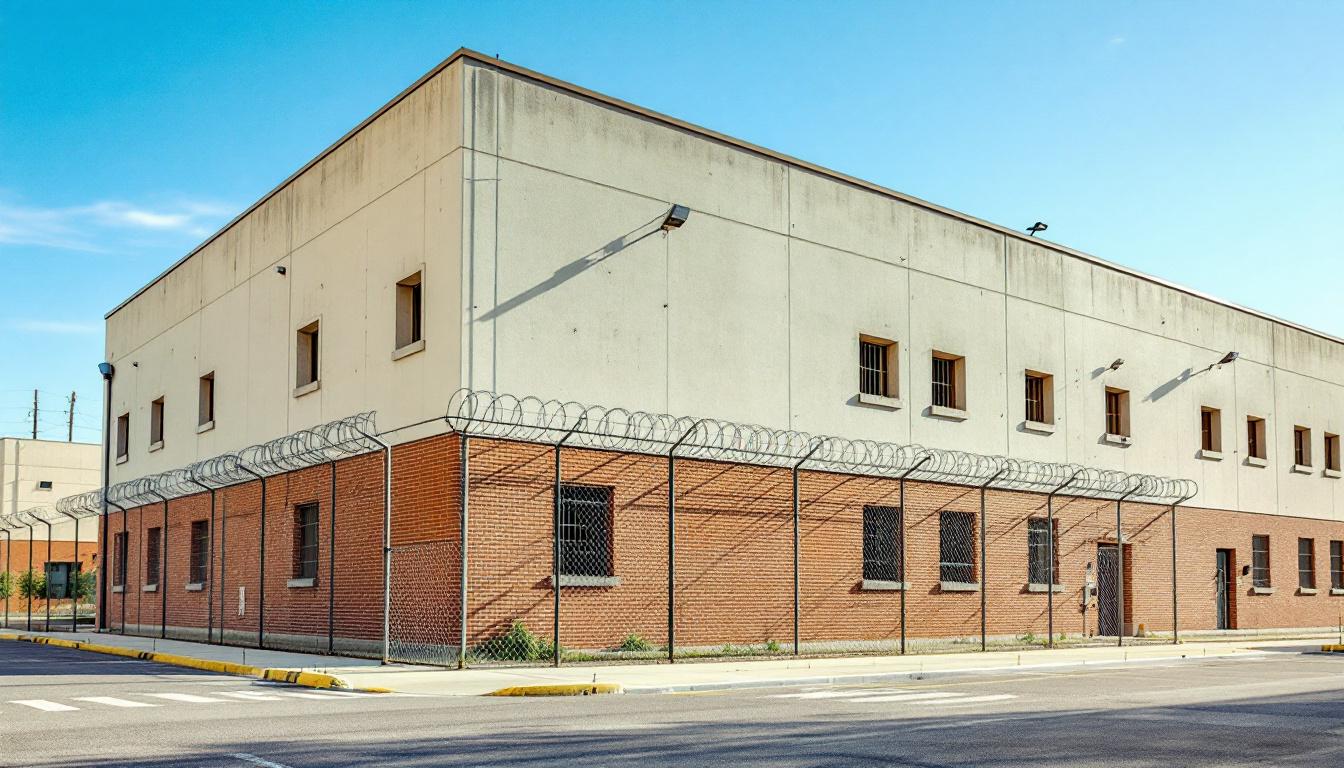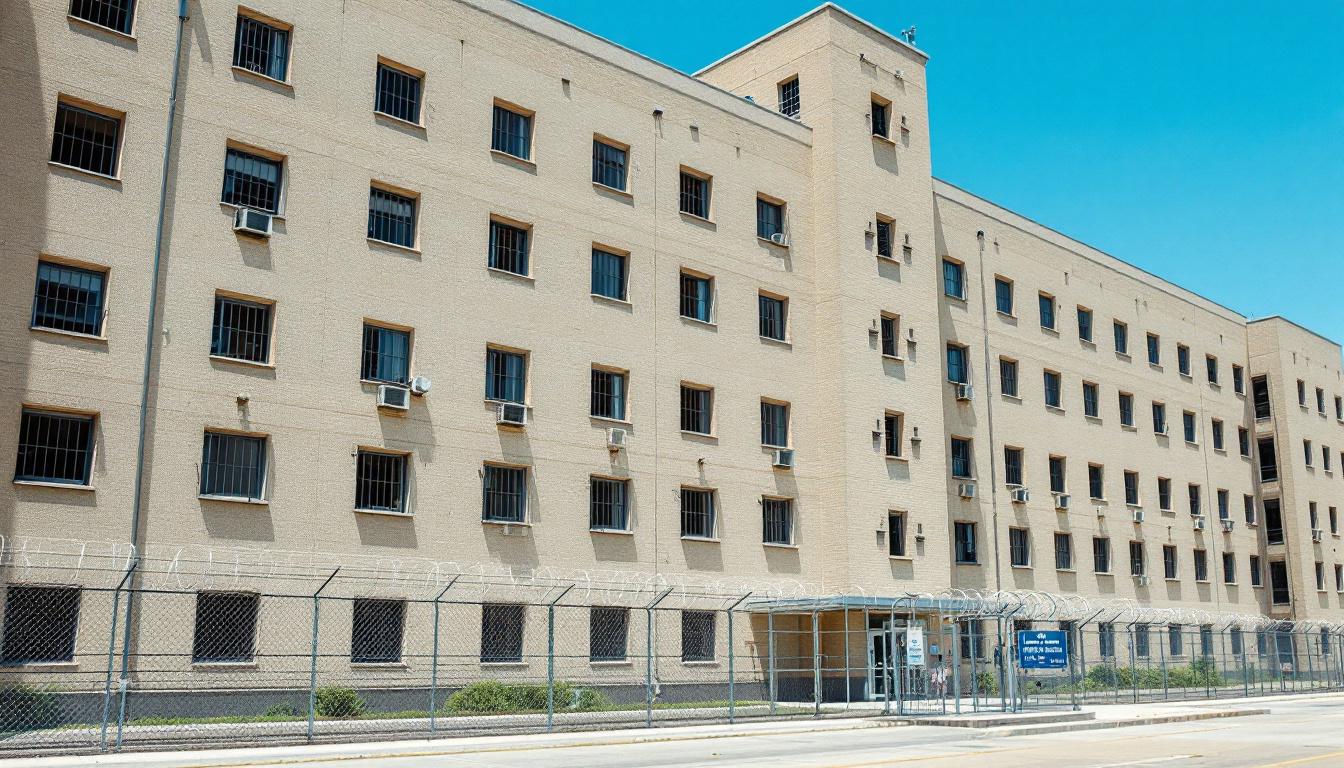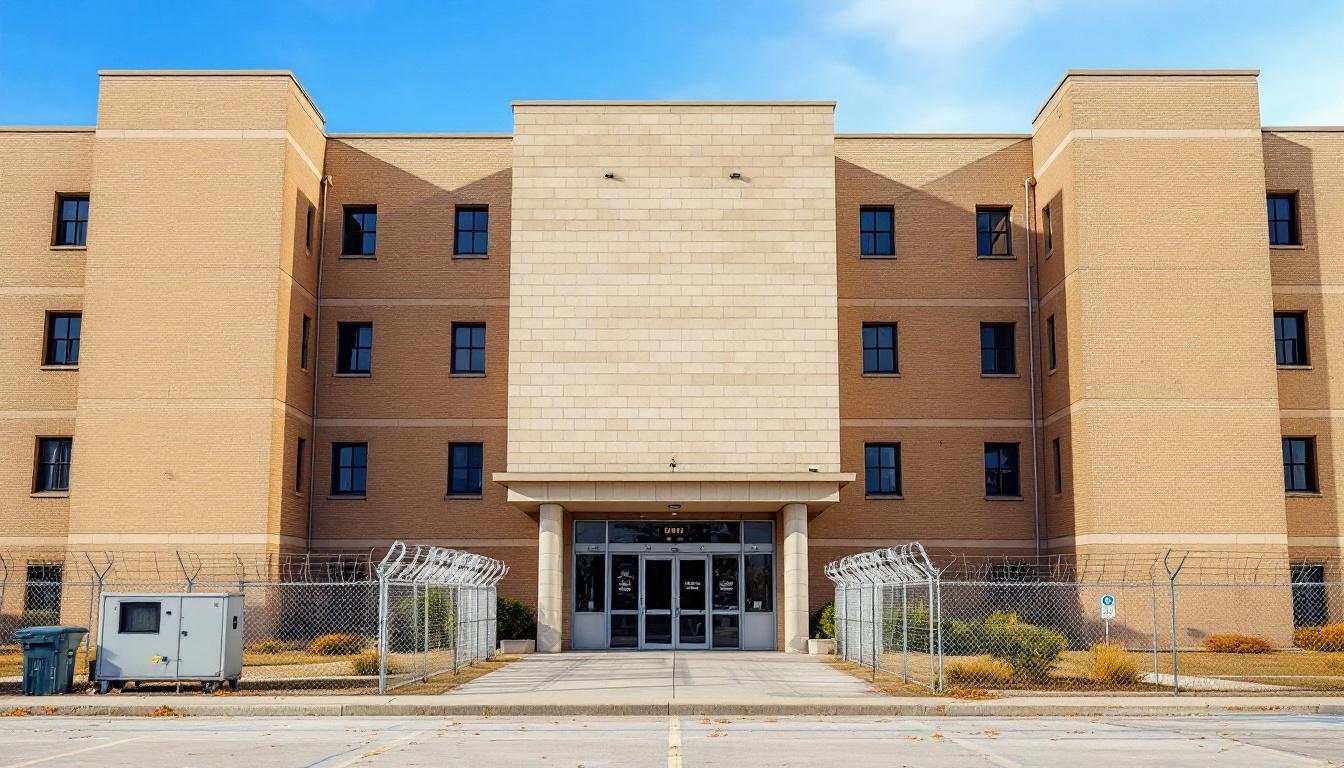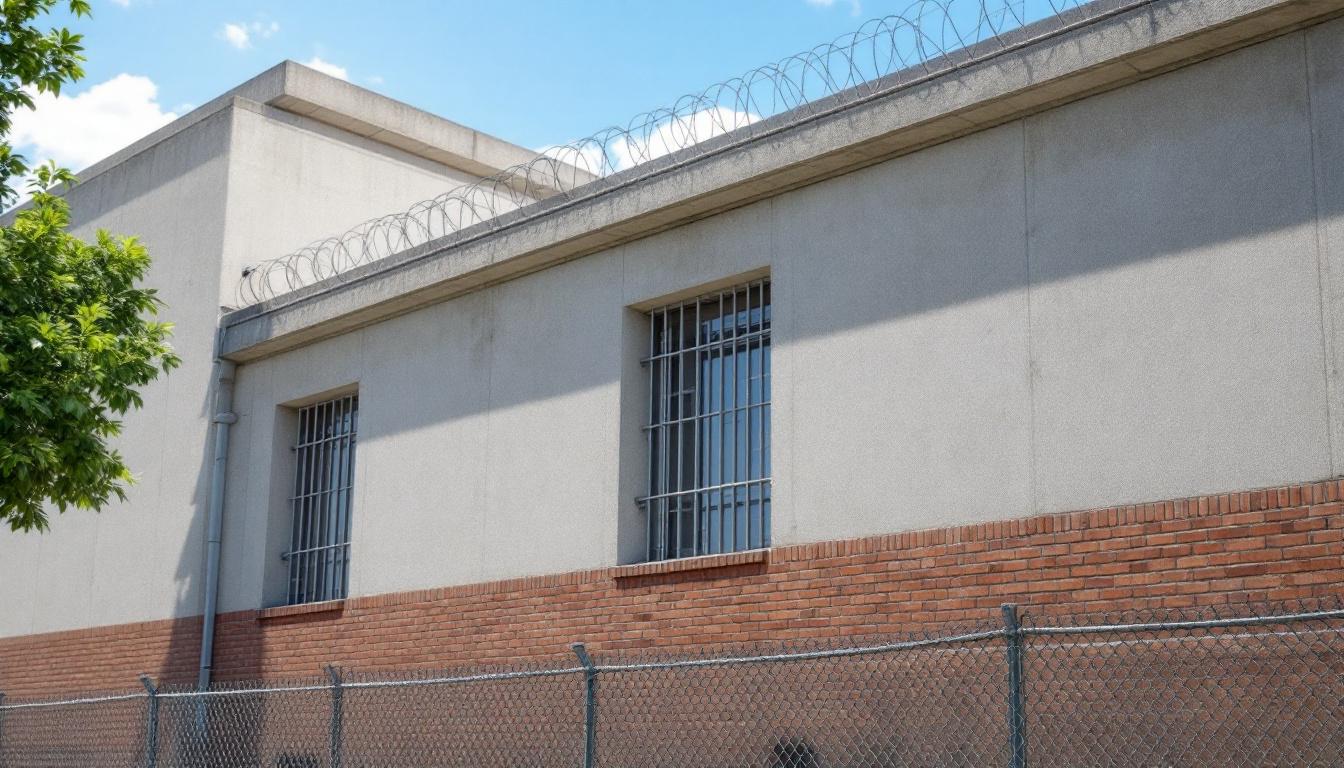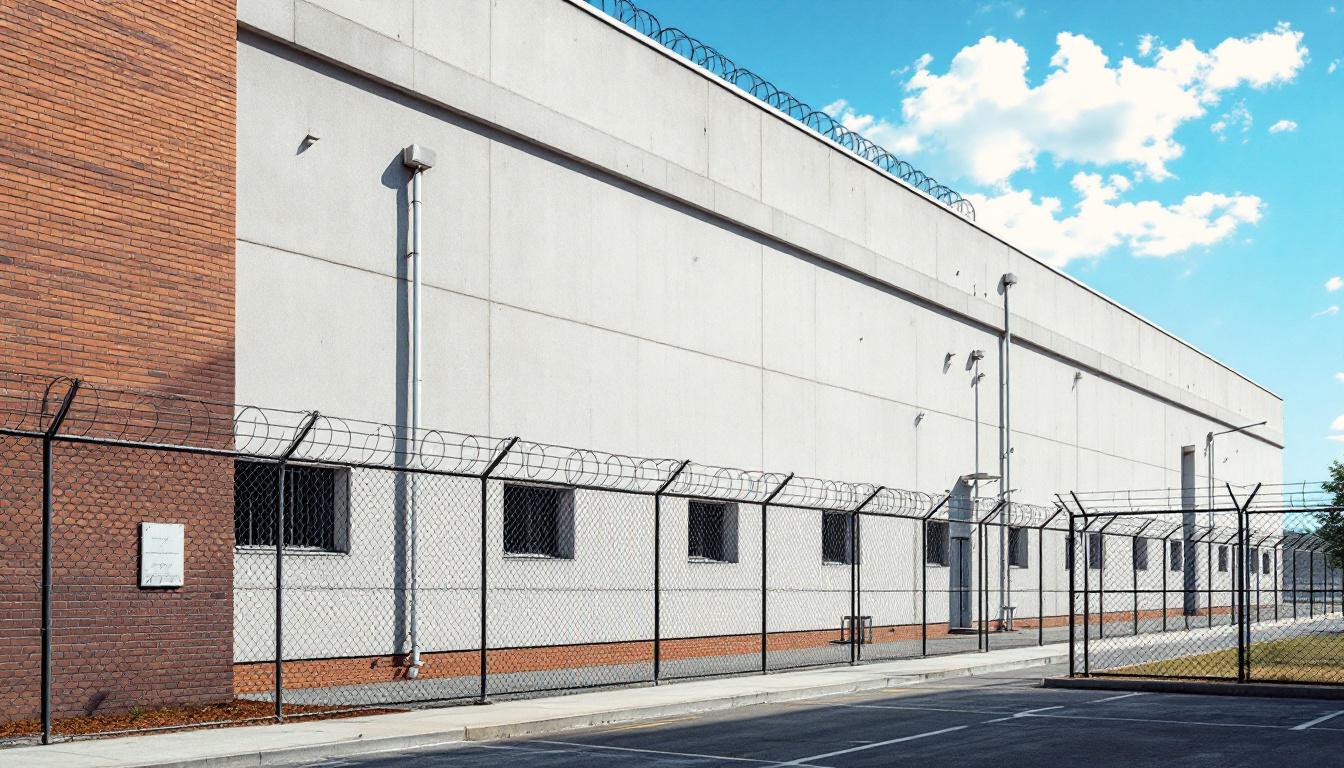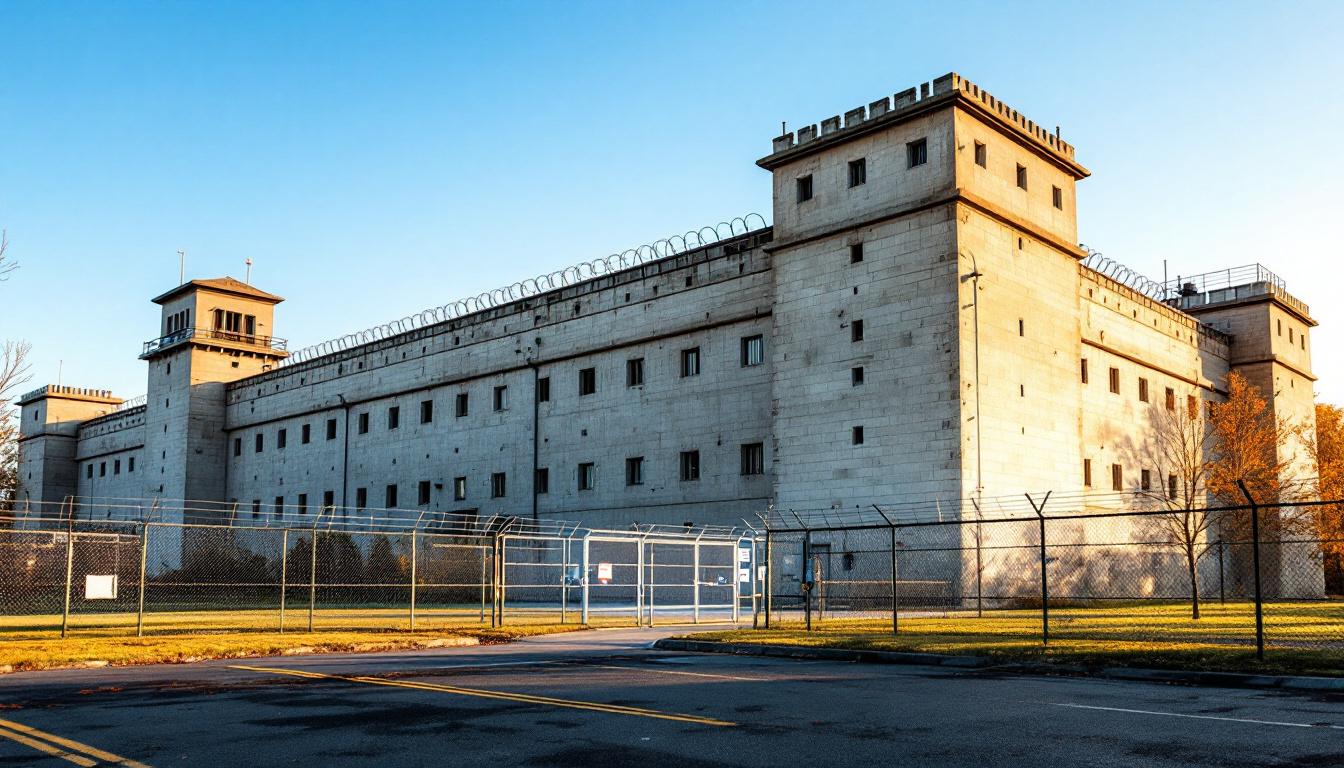
Quick Navigation
How to contact an inmate at Valley State Prison
This comprehensive guide will walk you through how to connect with an inmate at Valley State Prison. Follow the steps below to find an inmate and send letters and photos:
- Search for the inmate using our search tool below
- Create your account or log in to Penmate
- Write your message (up to 6,000 characters)
- Send instantly - inmates receive printed copies daily
Find an Inmate
Search for an inmate to start communicating today
Tip: You can search by first name, last name, or inmate ID number
To contact a person at Valley State Prison start by searching for the person on the official facility website. Perform a search by following these steps:
- Step 1: Enter their first name and last name into the search form and click "Search"
- Step 2: Locate their inmate record
- Step 3: Write down their Inmate ID and any housing information provided
Important! Be sure to enter the person's full name. Nicknames should not be used.
How to Send Messages to Inmates

You can use your phone or computer to send emails, letters, and photos to an inmate. Messages are sent electronically to inmate tablets or kiosks at the facility. If you would like to send a message, start by searching for an inmate at Valley State Prison.
Sending Photos and Postcards

A great way to send love and support to a loved one at Valley State Prison is to send photos and postcards. It only takes a few minutes to send photos from your phone and it makes a huge difference. You can also mail postcards with words of support and inspiration, or design your own postcard for special moments like birthdays and holidays.
Important! Be sure not to send any explicit photos or they may not be approved by the facility. You can also use a photo printing app like Penmate to make sure your photos are printed at the correct size (4x6 or 3x5) and are mailed according to the rules and regulations of Valley State Prison.
Frequently asked questions about Valley State Prison
-
How long does it take to deliver a message?
If you're sending an email message your letter is usually delivered within 24-48 hours. For messages sent via mail you should expect delivery within 3-7 days. All messages will need be approved by Valley State Prison.
-
How much does it cost to send a message to Valley State Prison?
You can send a message free using your phone or mail a message via USPS for the price of a $0.60 stamp and envelope. You can also purchase credits or e-stamps from services starting at $1.99.
-
What services can I use to contact an inmate at Valley State Prison?
Penmate
You can use Penmate to send letters and photos to an inmate from your phone. It's an easy way to stay in touch during your loved one's incarceration. Use the inmate locator to find an inmate's location and contact information, then you can send messages within a few minutes.
Securus messaging
Securus may be another option for communicating with an inmate at Valley State Prison. You can create a friends and family account and purchase credits to send messages. All messages will be reviewed and must be approved by the facility.
JPay
Some county jails and state prisons may support sending messages with JPay. You must register an account with the system, find your loved one, and purchase stamps to send messages. For some locations you can also attach photos.
Smart Jail Mail
You may also check if Smart Jail Mail is available at Valley State Prison. Smart Jail Mail is operated by Smart Communications and has contracted with some state and county jails. After purchasing credits, your messages and photos are sent to the facility, printed out, and then handed out to your loved one.
-
What is the mailing address of Valley State Prison?
Mailing address:
Valley State Prison
21633 Avenue 24
Chowchilla, CA 93610
Phone: (559) 665-6100Business hours:
- Monday: 6:00 AM – 7:00 PM
- Tuesday: 6:00 AM – 7:00 PM
- Wednesday: 6:00 AM – 7:00 PM
- Thursday: 6:00 AM – 7:00 PM
- Friday: 6:00 AM – 7:00 PM
- Saturday: Closed
- Sunday: Closed
-
What are the visiting hours at Valley State Prison?
Visiting hours at Valley State Prison vary by housing unit and security level. Generally, visits are scheduled on weekends and holidays, with some facilities offering weekday visits. Contact the facility directly at (559) 665-6100 or check their website for the current visiting schedule. Visits typically last 30-60 minutes and must be scheduled in advance.
-
What items are prohibited when sending mail to Valley State Prison?
Prohibited items typically include: cash, personal checks, stamps, stickers, glitter, glue, tape, staples, paperclips, polaroid photos, musical or blank greeting cards, hardcover books, magazines with staples, and any items containing metal or electronics. Only send letters on plain white paper with blue or black ink. Photos must be printed on regular photo paper (no Polaroids). Always check with Valley State Prison for their specific mail policies.
-
How do I send money to an inmate at Valley State Prison?
You can send money to an inmate at Valley State Prison through several methods: 1) Online using JPay, Access Corrections, or the facility's approved vendor, 2) Money orders mailed directly to the facility with the inmate's name and ID number, 3) Kiosks located in the facility lobby, or 4) Over the phone using a credit or debit card. Fees vary by method, typically ranging from $2.95 to $11.95 per transaction.
-
Can I schedule a video visit with an inmate at Valley State Prison?
Many facilities now offer video visitation as an alternative to in-person visits. At Valley State Prison, video visits may be available through services like Penmate, Securus Video Connect, GTL, or ICSolutions. Video visits typically cost $10-20 for 20-30 minutes and must be scheduled in advance. You'll need a computer or smartphone with a camera and reliable internet connection. Contact the facility for their specific video visitation policies and approved vendors.
-
What identification do I need to visit an inmate at Valley State Prison?
All visitors must present valid government-issued photo identification such as a driver's license, state ID, passport, or military ID. Minors must be accompanied by a parent or legal guardian who can provide the minor's birth certificate. Some facilities require visitors to be on the inmate's approved visitation list, which may require a background check. Contact Valley State Prison for specific ID requirements and visitor approval procedures.
-
How can I find out an inmate's release date?
To find an inmate's release date at Valley State Prison, you can: 1) Use the online inmate search tool if available, 2) Call the facility's records department, 3) Contact the inmate's case manager or counselor, or 4) Have the inmate provide this information during a call or visit. For privacy reasons, some facilities only release this information to immediate family members.
Facility Overview
Official Website

About Valley State Prison
A California Department of Corrections and Rehabilitation facility, Valley State Prison operates in Chowchilla, serving the Central Valley region. Located at 21633 Avenue 24, the institution maintains comprehensive mailing systems to support communication between incarcerated individuals and their families, with separate addresses designated for general correspondence, legal mail, and financial transfers through Moneygram services.
The facility emphasizes evidence-based treatment approaches, particularly through its Integrated Substance Use Disorder Treatment (ISUDT) program. This comprehensive initiative utilizes Cognitive Behavioral Interventions to help individuals understand the connection between thoughts, feelings, and behaviors while addressing substance-use disorder risks. The program may include behavioral interventions or Medication Assisted Treatment as clinically appropriate, focusing on reducing overdose risks and other complications associated with substance use disorders.
Valley State Prison typically provides visitation opportunities and family support resources, recognizing the importance of maintaining connections during incarceration. The facility's location in Chowchilla, situated in California's agricultural Central Valley, often allows for family visits from throughout the region. Like most CDCR institutions, VSP generally offers various programs designed to support successful reintegration into the community, though specific program availability may vary based on individual assessments and institutional capacity.
Programs & Services
The Integrated Substance Use Disorder Treatment (ISUDT) program at Valley State Prison represents a comprehensive approach to addressing addiction-related challenges among the incarcerated population. This evidence-based program utilizes Cognitive Behavioral Interventions (CBI) to help inmates identify risk factors for substance-use disorders and provides targeted treatment to reduce the likelihood of overdose and other complications. The program may include behavioral interventions or Medication Assisted Treatment (MAT) as clinically appropriate, focusing on helping participants understand how their thoughts and feelings influence their behaviors and decision-making processes.
Beyond substance abuse treatment, Valley State Prison typically offers a range of educational and vocational programs designed to support successful reintegration into the community. These services may include adult basic education classes, GED preparation, vocational training in various trades, and life skills development programs. The facility often provides counseling services, mental health support, and anger management programs as part of its comprehensive rehabilitation approach. Religious and spiritual services are commonly available, along with recreational activities that promote physical fitness and positive social interaction.
Support services at the facility typically extend to family connections and community preparation programs. The prison may offer parenting classes, financial literacy education, and pre-release planning services to help inmates prepare for their eventual return to society. Library services, legal assistance programs, and various self-help groups often complement the formal programming structure, creating multiple pathways for personal growth and development during incarceration.
Daily Life & Visitation
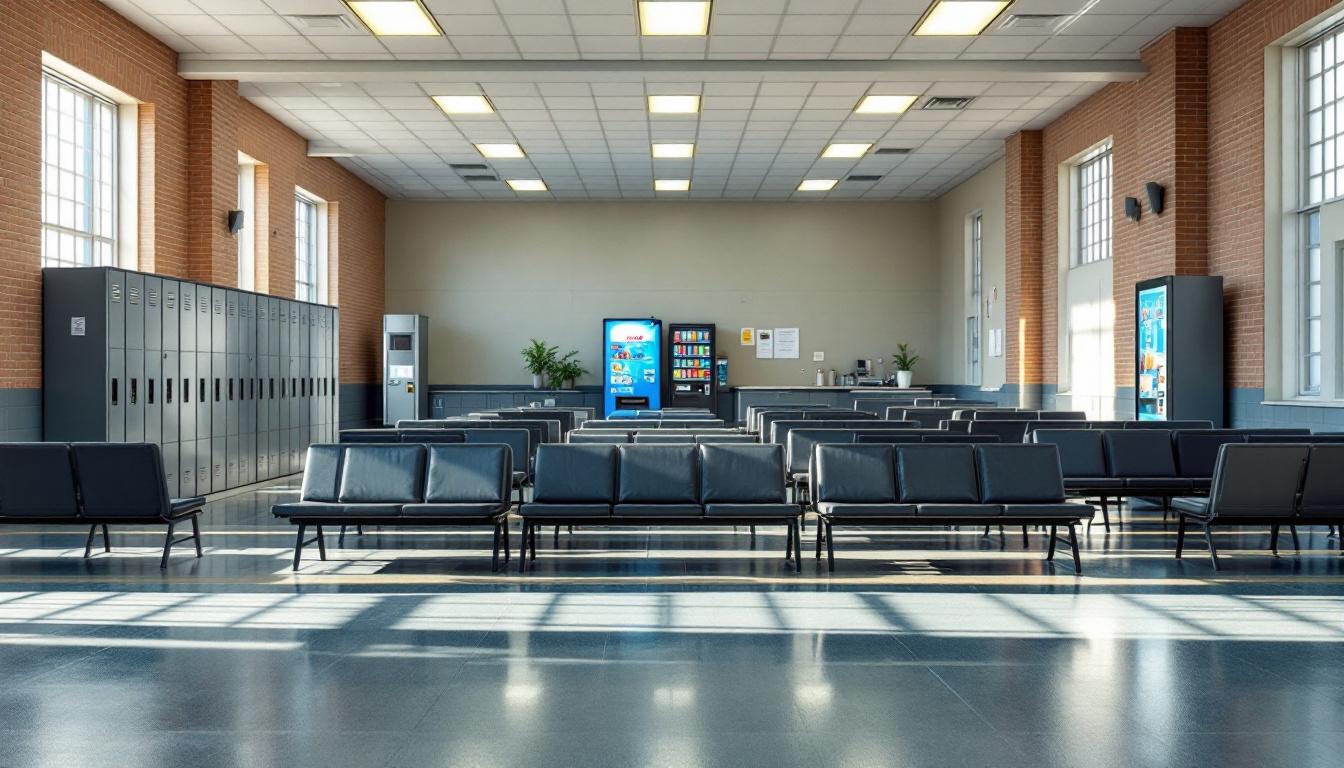
Inmates at Valley State Prison in Chowchilla follow structured daily routines that typically begin with early morning count times and meal service. The facility operates comprehensive programming designed to address rehabilitation needs, including the Integrated Substance Use Disorder Treatment (ISUDT) program, which uses evidence-based Cognitive Behavioral Interventions to help inmates identify and modify destructive thought patterns. These therapeutic programs often integrate into the daily schedule alongside work assignments, educational opportunities, and recreational periods that may include yard time and access to library services.
Communication with family and friends remains an important aspect of daily life, with inmates able to receive mail through the general correspondence system at P.O. Box 92. Families can also send financial support through the Moneygram service, while legal correspondence follows separate protocols through a designated mailing address. The facility typically maintains visiting schedules that allow approved family members and friends to maintain connections, though specific visiting days and hours may vary based on housing assignments and facility operations.
The structured environment at Valley State Prison balances security requirements with rehabilitation opportunities, as inmates participate in various programs designed to address substance use disorders and develop coping strategies. Daily activities often include educational classes, vocational training, and therapeutic group sessions, particularly for those enrolled in the ISUDT program. Inmates may also engage in work assignments that help maintain facility operations while providing valuable job skills, and recreational activities that promote physical and mental well-being within the correctional setting.
Ready to Connect?
Start communicating with your loved one today
Search for an Inmate
